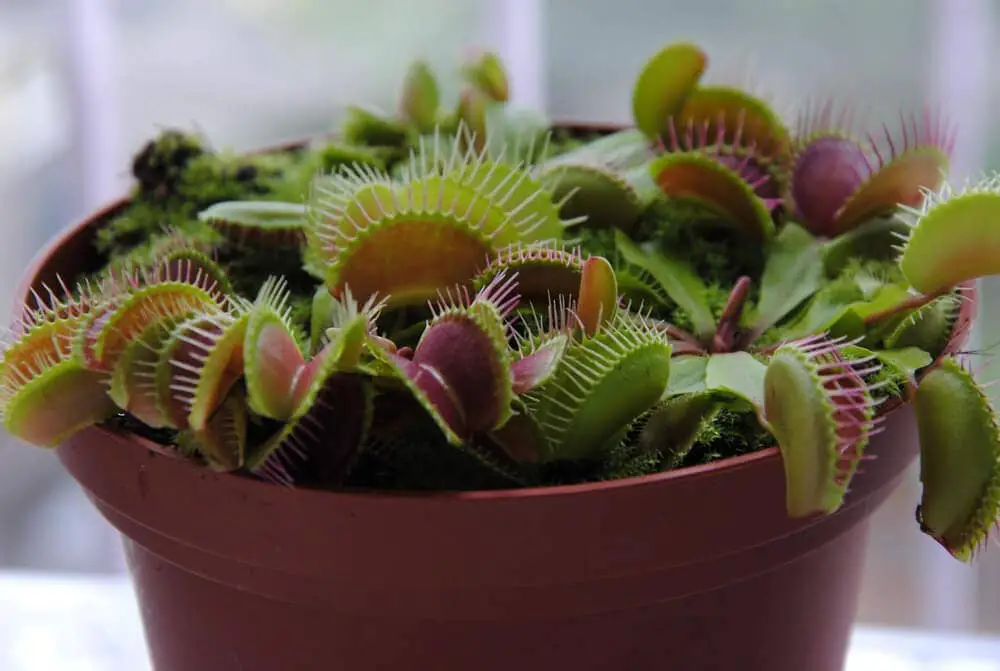Venus Fly Traps (Dionaea muscipula) are fascinating plants, renowned for their unique carnivorous feeding mechanism. Native to the subtropical wetlands of the East Coast of the United States, these plants have adapted to thrive in nutrient-poor environments by evolving to consume insects. Caring for a Venus Fly Trap can be a rewarding experience, provided you understand the do’s and don’ts essential for keeping your plant healthy and active.
Do’s of Venus Fly Trap Care
Provide Plenty of Light
Venus Fly Traps require about 12 hours of direct sunlight daily. If you’re growing them indoors, a sunny windowsill or a grow light can provide the necessary light. Adequate light is crucial for the plant to photosynthesize and to produce the energy needed for trapping insects.
Use the Right Water
These plants are sensitive to minerals found in tap water. Use rainwater, distilled water, or reverse osmosis water to avoid mineral buildup that can harm the plant’s roots. Always keep the soil moist but not waterlogged.
Select Appropriate Soil
Never use regular potting soil. Venus Fly Traps thrive in poor, acidic soil that drains well. A mixture of sphagnum peat moss and perlite or sand (in a ratio of 4:1) is ideal. This mimics their natural growing conditions.
Feed Properly
If your Venus Fly Trap is outdoors, it will likely catch enough insects on its own. Indoors, you may need to feed it small insects like flies or bloodworms every few weeks. Only feed one trap at a time, and ensure the insect is no bigger than one-third the size of the trap.
Dormancy is Crucial
Allow your plant to go dormant in the winter. This period of rest (about 3 to 5 months) is vital for their health. Reduce watering and keep them in a cool place until spring.
Don’ts of Venus Fly Trap Care
Avoid Overfeeding
Overfeeding can exhaust the traps and shorten the plant’s lifespan. Each trap can only open and close several times before it dies and falls off.
Don’t Use Fertilizers
Avoid fertilizing Venus Fly Traps. Their adaptation to low-nutrient soil means that fertilizers can overwhelm and kill them.
Resist Triggering Traps Unnecessarily
It can be tempting to trigger the traps for entertainment, but this should be avoided. Triggering traps without feeding them wastes the plant’s energy, as each trap can only operate a limited number of times.
Don’t Overwater
While the soil should stay moist, avoid waterlogging, which can lead to root rot. Ensure the pot has good drainage and avoid leaving the plant in standing water for extended periods.
Keep Away from Extreme Temperatures
Although Venus Fly Traps are hardy, they don’t fare well under extreme temperatures. Avoid placing your plant where temperatures drop below freezing or rise too high above room temperature.
Conclusion
Caring for a Venus Fly Trap doesn’t have to be daunting. By following these simple do’s and don’ts, you can avoid common pitfalls and enjoy the unique experience of growing one of nature’s most fascinating creations. Remember, the key to a healthy Venus Fly Trap lies in replicating its natural habitat as closely as possible. Happy growing!


